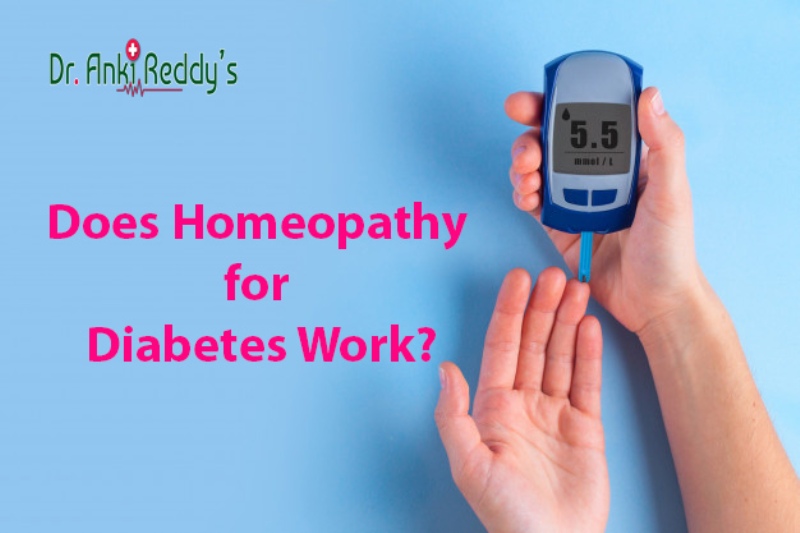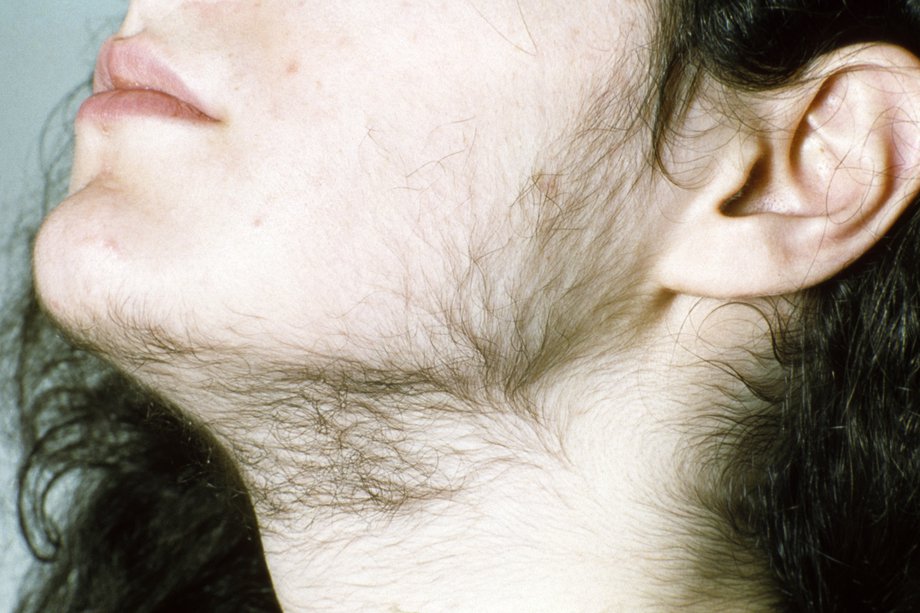Viewing Hemiplegic Definition, Causes, Homeopathy Treatment
Hemiplegia Definition:
The word ‘plegia’ implies weakness so severe that it is nearly complete. ‘Hemi’ does imply one side of the body. Hence, ‘hemiplegia’ does mean complete paralysis of one half of the body, which includes one arm and leg. Any disease or injury affecting the motor centers of one’s brain can cause hemiplegia.
Hemiplegia is indeed a more severe form of ‘hemiparesis’ whereby one half of the body is rather weakened. It is also quite different from the conditions of paraplegia & quadriplegia, which are no doubt commonly confused with hemiplegia. Paraplegia is paralysis in both legs, below the waist. Quadriplegia is paralysis below one’s neck and is also usually the result of a spinal cord injury.
Causes of Hemiplegia
Many conditions do give rise to hemiplegia. Generally, an injury to the right side of the brain will indeed cause a left-sided hemiplegia while an injury to the left side of the brain will rather cause a right-sided hemiplegia.
Stroke: is the commonest cause of hemiplegia. Insufficient blood supply to the brain does lead to loss of brain functions. The stroke may be caused by:
- A clot formed within one’s blood vessel blocking the blood supply’, which is a thrombus
- A thrombus does break away from its site of origin and forms a block elsewhere in the circulation which is an embolus
- A bleed from a blood vessel does supply the brain which happens to be a hemorrhage
- Head injury
- Diabetes
- Brain tumor Infections which are meningitis, encephalitis
- Migraine syndrome such as recurrent headaches of severe intensity occasionally accompanied by sensations of numbness as well as tingling in one half of the body.
- Inflammation of the blood vessels that is vasculitis
- Diseases affecting the nerves such as Multiple Sclerosis; acute necrotizing myelitis.
- Conditions that are present from birth such as cerebral palsy. Lack of blood supply damages nerve cells in one’s brain. Birth trauma, difficult labor, perinatal strokes in infants within of course 3 days of birth can also cause cerebral palsy.
- Hereditary diseases such as leukodystrophies. This is a rare disorder affecting the myelin sheath which does cover and also protects nerve cells in the brain. The condition does usually appear in infancy or childhood.
Symptoms of hemiplegia
Injury or insults to the brain cells that do control movements in one half of the body thus causing hemiplegia. Hence, symptoms are largely dependent upon the part of the brain affected. The same can be said about the severity of individual symptoms.
- Difficulty in walking.
- Problems in balance, losses balance when trying to walk
- Difficulty in swallowing
- The trouble with vision. Blurred vision or weakness of the eyes.
- Speech becomes difficult.
- Numbness, tingling or loss of sensations on one half of the body.
- Loss of control over bladder and bowel movements leading to an inability to hold on to stool or urine.
- Unable to perform tasks such as holding objects, tying laces, dressing oneself, buttoning etc.
- Feeling depressed
- Heightened emotional sensitivity with the inability to handle stressful situations.
- Memory seems to be poor.
Right hemiplegia is indeed caused by damages in the left hemisphere while in the case of left hemiplegia it is vice versa.
Right hemiplegia most often also shows the loss of sensations on the left side. There will be rather difficult in understanding the spoken or written word in a condition called aphasia.
Left hemiplegic does often present itself after right cerebral hemisphere damage. It does usually present itself with:
- Loss of control over purposeful movements.
- Unable to use objects correctly.
- Unable to draw, comb hair or cook.
Conditions such as Alternating Hemiplegic do have recurring episodes of hemiplegia. But, attacks are usually preceded by warning symptoms such as:
- Yawning
- Fatigue
- Appearing very exhausted
Pure hemiplegia has indeed to be differentiated with Alternating Hemiplegia that does affect children. Though relatively rare, this condition has, of course, recurring episodes of weakness in one half of the body alternating with periods when there are no weaknesses. During an attack, the child may indeed suffer from several symptoms of a stroke. They also may develop long-term sequelae like movement disorders cum behavior problems.
Hemiplegia Diagnosis
- Doctors would like to conduct few procedures in order to find the cause of hemiplegia. Some required tests are:
- Complete blood count, in other words, a blood biochemistry test.
- Cranial CT is are indeed a highly detailed, non-invasive, imaging procedure that does combine x-rays with computer technology that allows the study of the brain from many angles.
- Cranial MRI happens to be a non-invasive, highly sensitive procedure that makes use of electromagnetic properties of tissues thus providing detailed studies of their structures.
- An EEG (electroencephalogram) can measure the nerve activity within one’s brain.
Prevention of hemiplegia
Hemiplegia that is caused by cerebral palsy is non-progressive and does not deteriorate with aging. But, conditions such as Alternating Hemiplegia can also have serious consequences as the child has repeated attacks.
These attacks of hemiplegia do indeed have definite triggers. Exposures to high and cold temperatures, emotional stresses, physical fatigue, bathing, infections especially of the respiratory system etc. are indeed known to be triggers of Alternating Hemiplegia. Finding the specific triggers and also avoiding them can help in preventing the long-term sequelae that do usually develop.
Flunarizine, a calcium channel blocker, has been used widely, although it does rarely stop episodes completely. However, it does seem to reduce the severity of episodes and how long they last.
Treatment of Hemiplegia:
Hemiplegia does usually take a while to recover. There are two facets in treating the condition.
– Checking further progress of the underlying condition
– Rehabilitation and control of disability.
Hemiplegia is often acknowledged as non-progressive and many available measures do make coping with it less stressful to the person affected as well as caregivers.
Neuromuscular Electrical Stimulation (NMES)
High-intensity electrical stimulation is indeed a proven way to maintain size – and even function – in muscles which must temporarily do take a complete break from activity.
The right kinds of electrical stimulation can also keep muscles relatively sound, even when they are not being stimulated by the nerves or engaging in any real activity.
Botulinum Toxin Injections
Some forms of hemiplegia do make the limb muscles very taut and resistant even to passive movements. Botulinum injections decrease the high muscle tone of these muscles. However, it is only a temporary and also expensive solution to a chronic condition.
Intensive physiotherapy sessions
Activities such as standing, walking are indeed done repetitively under the guidance of trainers in order to prevent muscle degeneration from prolonged usage.
In Alternating Hemiplegia, the child may also require admission in the intensive care unit (ICU) especially if there are any respiratory infections or breathlessness. Low doses of ibuprofen (pain-killer) will also help in minimizing the muscle pains after an acute attack. Sound sleep is known to decrease the severity of the attacks. Hence, one must ensure that the child does get sufficient amount of sleep.
Homeopathic treatment for Hemiplegia
Homeopathy does provide supportive treatment and also prevents any further deterioration. Nonprogressive hemiplegia, in particular, does respond well to homeopathic treatment. The homeopathic medicines can also prevent the paralytic muscles from further degeneration. The medicines do act at the level of the nervous system and also facilitate proper conduction of signal impulses from the nerves to one’s muscles. Moreover, homeopathy does act without any side effects and is also considered to be an excellent adjunct to the available physiotherapy measures.
Homeopathic medicines for Hemiplegia
The Homeopathic medicines can be administered to improve the state of paralysis, improve one’s blood circulation, help control loss of power, improve the power of muscles to some extent and also improve the overall health of the patient.
Dr. Ankireddy one of the best Homeopathy Hospitals in Hyderabad knows too well how to treat Hemiplegic and it is advisable to approach such help for the right form of treatment.









There are no comments